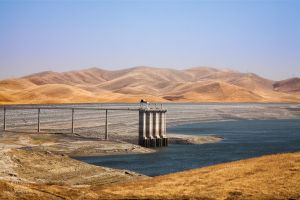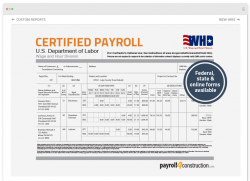Discover the Wonders of the Peripheral Canal
The need for improved water resource management in California has become more and more pressing as population growth and climate change have increased the risks of water shortages. With water shortages becoming an increasingly imminent possibility, the concept of the Peripheral Canal has been proposed as a solution. This blog post will discuss the potential benefits of the Peripheral Canal, what it can do for California, and why it should be considered to help mitigate water shortages. From exploring the environmental and economic benefits of the canal to examining the potential drawbacks and risks, this blog post aims to provide readers with a comprehensive overview of the Peripheral Canal and its role in California’s water resource management. So, come and join us to discover the wonders of the Peripheral Canal and how it can help ensure a sustainable and secure water future for California. For more info about peripheral canal click here.
History of the Peripheral Canal
The Peripheral Canal is a significant part of California’s water infrastructure and has been a topic of discussion since the late 19th century. In the early 20th century, the demand for irrigation of arid lands in the Central Valley led to the first plans for a canal system to divert water from the Sacramento-San Joaquin Delta. The Peripheral Canal project was proposed in the late 1970s as a large-scale engineering effort to build an aqueduct from the Delta to the Central Valley, providing a more reliable and efficient water supply for the region.
Despite objections from environmental groups, the California state legislature approved the project in 1982, but it was struck down by referendum in a statewide ballot initiative in 1982. In the years that followed, a series of legal and political battles ensued over the future of the Peripheral Canal, eventually leading to the passage of the Central Valley Improvement Act in 1992, which included the construction of a smaller version of the Peripheral Canal.
Though the debate over the Peripheral Canal has been long and contentious, it has served an important role in California’s water infrastructure by providing a reliable and efficient water supply for the Central Valley
Benefits of the Peripheral Canal
The Peripheral Canal is a proposed man-made canal in the state of California that would circumvent the Sacramento-San Joaquin Delta. This proposed canal would provide a vital waterway for both agricultural and urban users, while also providing environmental benefits to the fragile ecosystems of the Delta.
There are several potential benefits to the Peripheral Canal. One of the most important benefits is that it would improve water supply reliability and water quality. By providing a direct connection from Northern California to Southern California, the Peripheral Canal would reduce the need for water transfers through the Delta, which could reduce the number of water quality problems. Additionally, the canal would help to prevent the loss of water due to evaporation, making it more efficient in delivering water to its users.
The Peripheral Canal would also provide an opportunity to restore the Delta’s fragile ecosystem. By providing a more direct route for water to flow, the canal would reduce the damage caused by current water diversion techniques. This could help to restore and protect the unique biodiversity of the Delta, allowing the area to once again become a thriving habitat for species.
The Peripheral Canal presents a unique opportunity to provide California with a more reliable and sustainable water source
Conclusion
In conclusion, the Peripheral Canal is a fantastic resource to explore and appreciate. With its abundance of culture, history, art, and nature, it is a wonderful place to discover something new. Whether you are looking for a fun activity to do with your family or a scenic place to explore, the Peripheral Canal is an ideal destination for those seeking an enriching experience.






















































